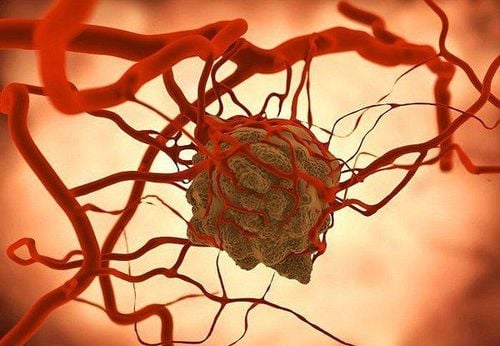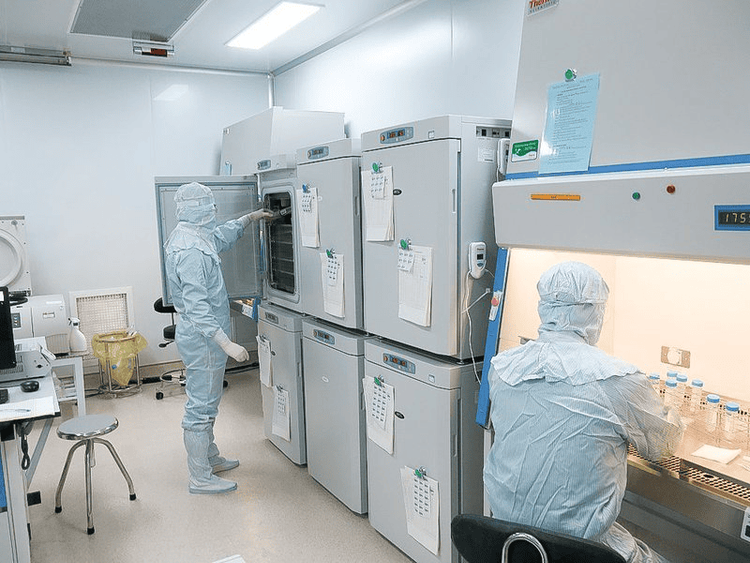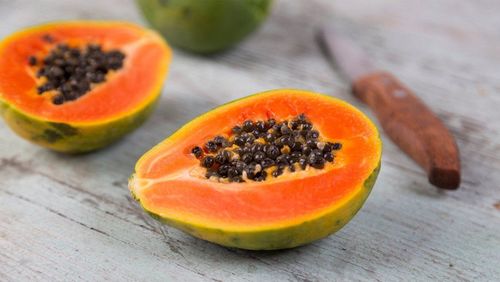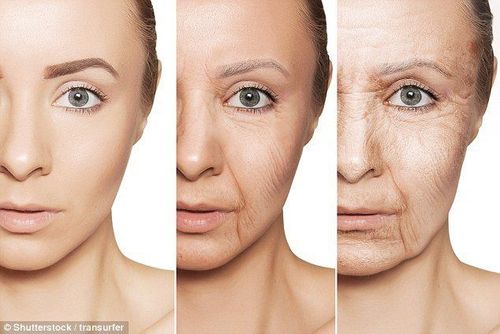Hyperthermia therapy for cancer treatment is based on the mechanism of increasing temperature to destroy malignant cells. At what temperature do cancer cells die, and does this temperature affect healthy cells?
1. Cancer Cells Are "Heat-Sensitive"
Raising the temperature is a simple yet highly effective method to enhance the efficacy of high-dose radiation and chemotherapy in cancer treatment.
Over 5,000 years ago, ancient Egyptian doctors began using heat to treat cancer. Today, oncologists have refined the process of heat application to improve the outcomes of radiation therapy and/or chemotherapy for patients with:
- Breast cancer.
- Brain cancer.
- Sarcoma (connective tissue cancer).
- Prostate cancer.
- Bladder cancer.
- Cervical cancer.
- Recurrent rectal cancer.
- Bone metastases.
Typically, the use of heat improves the effectiveness of radiation therapy by about 50% compared to using radiation alone.
Rather than completely destroying cancer cells, moderate heat levels make these malignant cells more vulnerable to destruction by radiation and chemotherapy. High temperatures also make mutated cells resistant to these therapies more sensitive to treatment.
2. How Does Temperature Affect Cancer Cells?
Hyperthermia therapy for cancer can shrink and inhibit tumors, allowing radiation and chemotherapy to work more effectively. The following are some of the effects caused by high temperatures during cancer treatment:
- Heat makes cancer stem cells more sensitive to radiation.

- Temperature Interferes with Tumor Repair Mechanisms
- High temperatures hinder the tumor's ability to repair itself after radiation exposure.
- Heat enhances the effectiveness of chemotherapy drugs.
- It increases blood flow to the tumor, making cancer cells more sensitive to radiation and chemotherapy.
- Heat boosts the body's immune response against cancer cells.
Understanding the temperature at which cancer cells die serves as the foundation for adjusting the optimal heat level for cancer treatment.
3. At What Temperature Do Cancer Cells Typically Die?
Malignant cells exhibit a particular sensitivity to high temperatures. However, excessively high temperatures can also harm normal healthy cells. For cancer treatment, physicians typically use localized heating systems to maintain an optimal temperature of 42°C to 43°C, which inhibits tumor growth and supports other therapies.
However, at temperatures above 43°C, not only do cancer cells die, but the patient's life is also at risk due to protein denaturation caused by excessive heat. Furthermore, excessively high temperatures may lead to shock or localized trauma in patients.

References: Cancer.govPlease dial HOTLINE for more information or register for an appointment HERE. Download MyVinmec app to make appointments faster and to manage your bookings easily.
To arrange an appointment, please call HOTLINE or make your reservation directly HERE. You may also download the MyVinmec app to schedule appointments faster and manage your reservations more conveniently.








